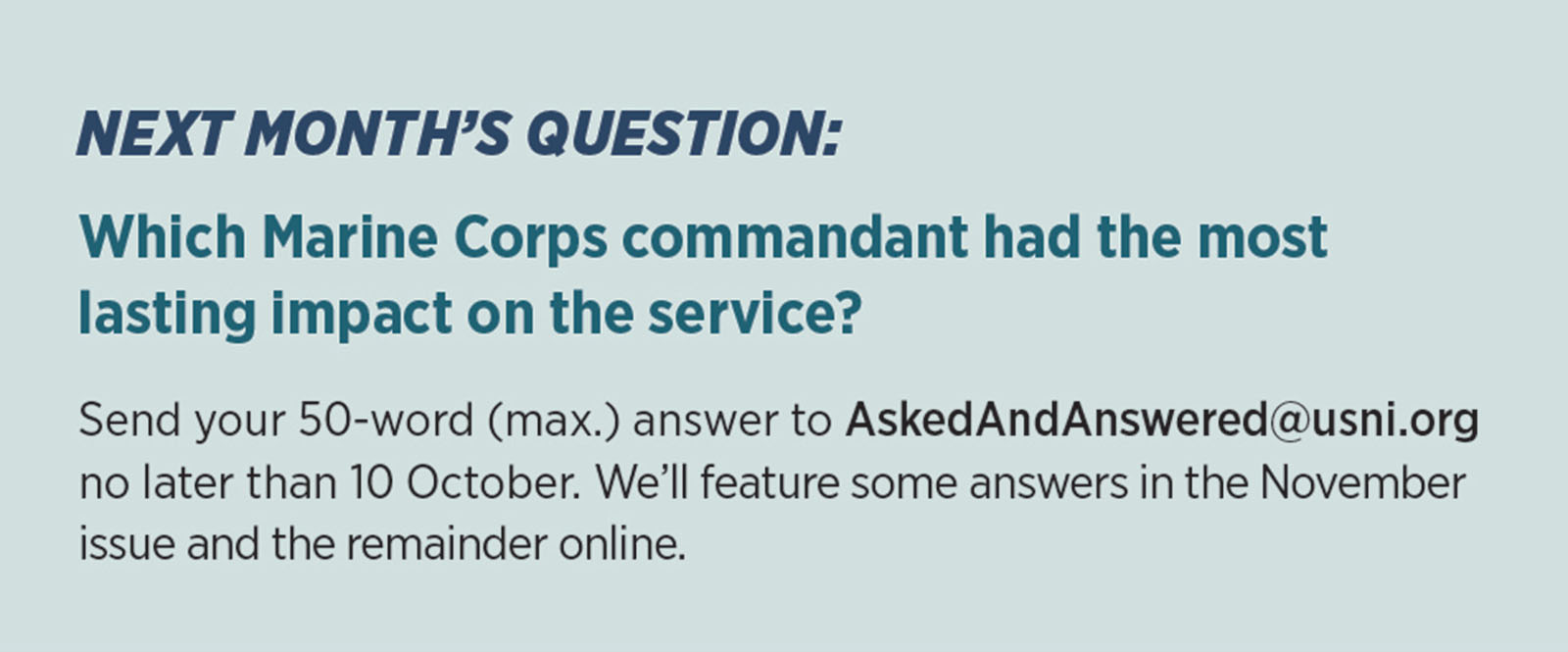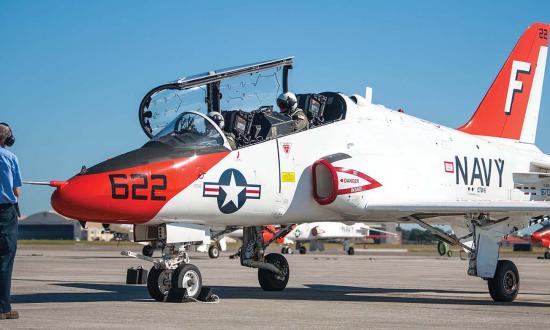Chief Warrant Officer Ronald Russell, U.S. Navy Reserve (Retired)
On 4 June 1942, the USS Nautilus (SS-168) attacked the Imperial Japanese Navy ship Kaga and subsequently was chased by the Arashi. That started a chain of events that led to victory at the Battle of Midway, when USS Enterprise (CV-6) bombers spotted Arashi far out of its screening position, pointing the way to its fleet.
James Quigley, U.S. Navy Veteran
The great intelligence operation Ivy Bells carried out by the heroic crew of the USS Halibut (SSN-587) in October 1971. Navy deep divers from the boat installed a 20-foot-long, non-piercing recording device on a Soviet undersea communication cable along the bottom of the Sea of Okhotsk. The intelligence gained from this operation was invaluable for the U.S. Navy submarine research and development enterprise.
Joe Skatoff
The Great Marianas Turkey Shoot during the June 1944 Battle of the Philippine Sea. The USS Albacore (SS-218) and Cavalla (SS-244) did more damage to the Japanese fleet in this battle than submarines did in any other World War II Pacific battle. Yes, the Japanese pilots were green, but the platforms to carry and launch the aircraft were critical to the conflict.
Jonathan Yuengling, U.S. Navy Veteran
The Falklands War. Following the sinking of the Argentinian cruiser General Belgrano, British submarines cut most surface traffic from Argentina to the Falklands. Also, a single Argentinian submarine tied up British antisubmarine warfare assets. It was a fascinating campaign.
W. Gaylord Lockett, U.S. Coast Guard Auxiliary
The Polaris submarine-launched ballistic-missile program had the greatest impact on national security and world peace. The United States spent billions of dollars on a system that never fired a shot in anger, but its existence convinced the Soviet Union they could not win a nuclear exchange.
Alan Bliss, CEO of the Jacksonville Historical Society
From January to July 1942, the first six full months of U.S. combat in World War II, submarines were solely decisive in Germany's naval campaign against shipping in the far western Atlantic. 397 Allied ships were lost, totaling more than two million tons, versus seven German U-boats sunk.
Captain H. W. Sanford, U.S. Navy Reserve (Retired)
The German submarine U-47 that slipped into Scapa Flow in October 1939 and sank HMS Royal Oak. It did not do great damage to the Royal Navy, but the daring action caught the British by surprise and instilled a new sense of vulnerability.
John Snyder, U.S. Navy Veteran
Clearly, the submarine was the most decisive platform in the defeat of the Japanese maritime empire in World War II. U.S. submarines sank nearly five million tons of Japanese merchant shipping, as well as 4 fleet carriers, 4 escort carriers, 1 battleship, 1 heavy cruisers, 9 light cruisers, 38 destroyers, and 23 submarines.
Commander Joel Holwitt, U.S. Navy
U.S. submarines against Japan in World War II. The Japanese thought so, anyway—their cabinet declared “the greatest cause of defeat was the loss of shipping.” Similarly, Masanori Ito wrote: “U.S submarines . . . proved to be the most potent weapon . . . in the Pacific War.”
Captain Michael Sebastino, U.S. Navy (Retired)
It was most decisive during the naval war in the Pacific during World War II. The submarine offensive starved the Japanese of the natural resources needed to replace their losses and sustain the fight. That enabled the United States and its Allies to overcome Japan in a war of attrition.
Lieutenant Colonel Robert B. Lange, U.S. Marine Corps (Retired)
The 1942 Battle of the Atlantic saw the most decisive use of submarines. Great Britain, yet without full U.S. support and almost out of money, had a demoralized population after a string of land-based defeats and a scant food supply of several weeks. If Britain had been forced cut a deal with Germany, the Nazis would have concentrated their forces on the Soviet Union with decisive results. This would have changed the outcome of World War II and forestalled the Cold War.
Captain Rick Miller, U.S. Navy (Retired)
The World War II Battle of the Atlantic. Despite German U-boats ultimately losing, more so than the rather one-sided U.S. Pacific submarine efforts, U-boats forced the war’s longest campaign and the development of all-domain, networked warfare for defense. They also spurred tremendous research efforts on both sides leading to naval warfare innovations that resonated for decades.
Chief Warrant Officer John M. Harris, U.S. Army (Retired), Life Member
When HMS Conqueror torpedoed and sank the light cruiser General Belgrano—former USS Phoenix (CL-46)—it caused the remainder of the Argentinean Navy to withdraw from active participation in the war. This complete denial of carrier operations forced all Argentinean naval aircraft to operate at their maximum range from land bases, which greatly contributed to the ultimate British victory.
Commander Gregory Atchison, U.S. Navy (Retired)
The Cold War U.S. and Soviet ballistic-missile submarines were the most decisive platforms of the era. Their stealth and proximity to their targets made them the best deterrent against the Armageddon they could unleash.
Captain Lawson W. Brigham, U.S. Coast Guard (Retired)
The submerged voyage of the first nuclear-powered ship, the USS Nautilus (SSN-571), across the Arctic Ocean (1,590 nautical miles under ice) from the Bering Strait to the North Pole (3 August 1958) and out in Fram Strait between Svalbard and Greenland is one of the most famous ship voyages in history.
Marc Liebman
The World War II U.S. submarine blockade of Japan, which cut off the flow of oil and raw materials that affected naval and air operations as well as its ability to build aircraft.
Mike Grew, U.S. Navy (Veteran)
World War II in the Pacific. What the Germans tried and failed to do to the British, the U.S. Navy submarine fleet did to Japan. By 1944, there were virtually no Japanese merchant ships to sink. They were all on the bottom, and since Japan depended on them for raw materials, its war effort was severely handicapped.
Mingus Casey
The Royal Navy’s 10th Submarine Flotilla U-class submarine campaign from Malta in 1941. The nine U-class boats attacked Axis convoys and warships and were ideal for landing raiding parties on the Italian coast. On one occasion a raiding party wrecked a railway line along which trains carrying munitions for the Luftwaffe bases in Sicily traveled.
Scott Nicholson
The most decisive use of the submarine would almost certainly be the Falklands War. A single submarine, HMS Conqueror, sinking a single ship, the Argentine cruiser General Belgrano, removed the entire Argentine Navy from the battlefield.







